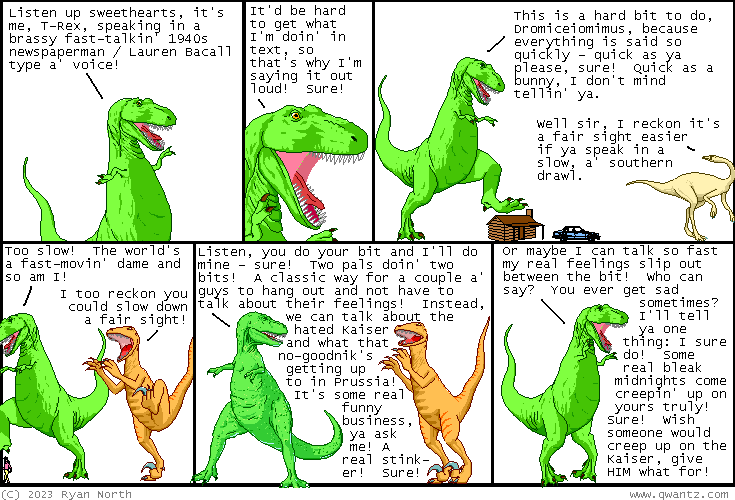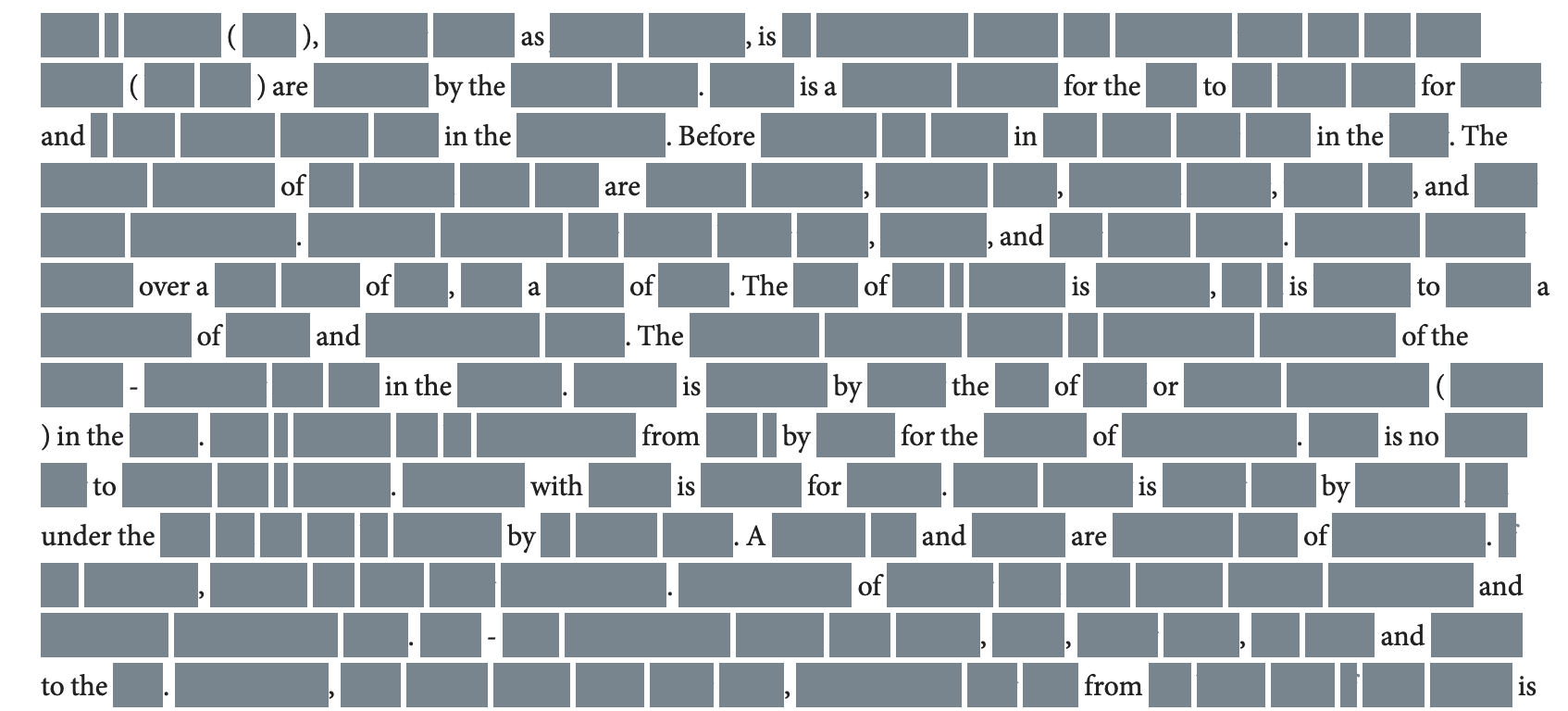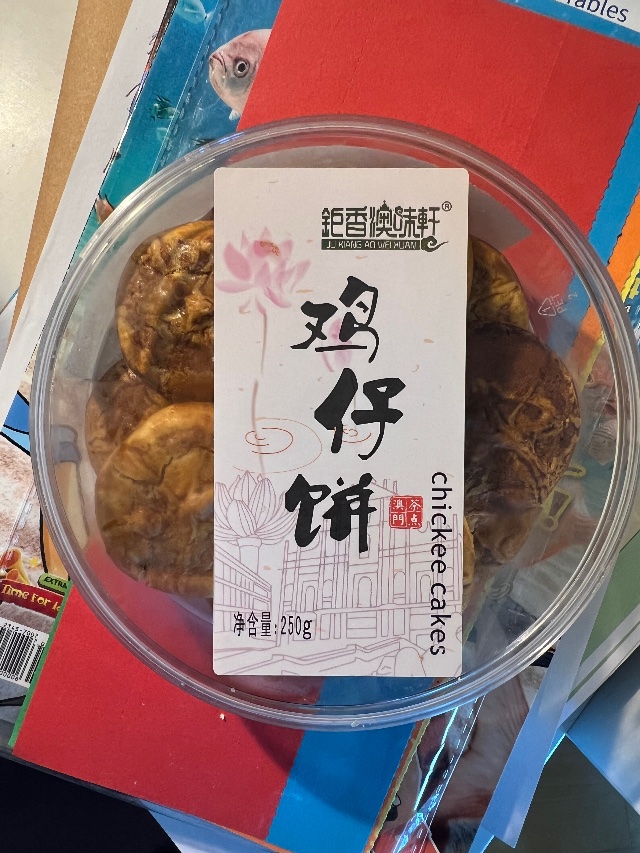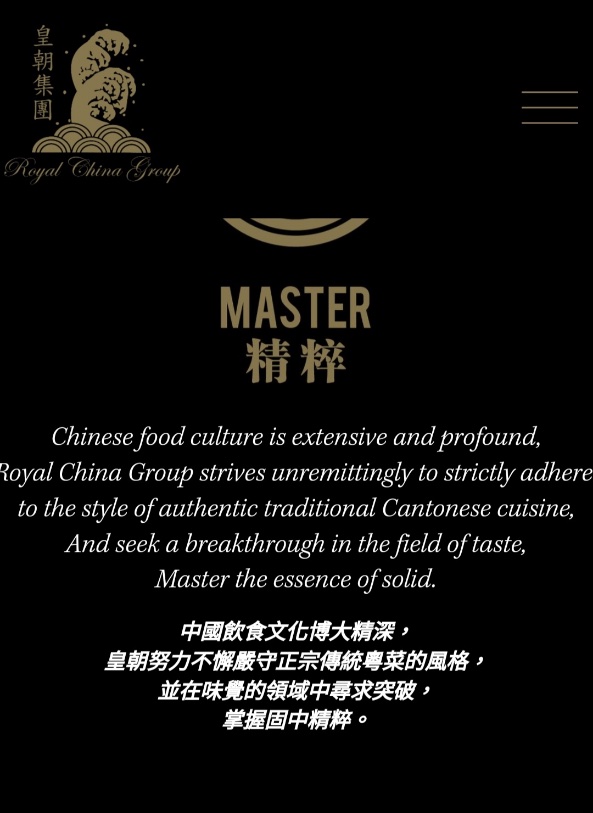June 2, 2023 @ 2:27 pm
· Filed by Victor Mair under Announcements, Books
Handbook of Formosan Languages (Online): The Indigenous Languages of Taiwan
Editors:
Paul Jen-kuei Li, Academia Sinica
Elizabeth Zeitoun, Academia Sinica
Rik De Busser, National Taiwan Cheng-Chi University
Leiden: Brill, 2023
Outright Purchase: € 2249 / US dollars 2495
Subscription: € 350 / US dollars 390
A print version is forthcoming (September 2023 ; 3 vols, ~ 2200 pp.)
Features
- The first comprehensive reference work on Formosan languages, relevant for decades to come.
- Sketch grammars of almost all known Formosan languages, living or extinct.
- Written by renowned scholars in the field from around the world.
Publication Schedule
Handbook of Formosan Languages Online was launched in May 2023 with 50% of the total content. The other 50% will be published in July 2023.
Read the rest of this entry »
Permalink
June 2, 2023 @ 6:48 am
· Filed by Mark Liberman under Linguistics in the comics
A recent Dinosaur Comics strip features T-Rex imitating (a certain kind of) speech style from the 1940s:

Mouseover title: "to t-rex's mind, and mine as well, all of the past takes place around the 1930s. well sure! and why not?"
Read the rest of this entry »
Permalink
June 1, 2023 @ 1:38 pm
· Filed by Victor Mair under Appellation, Language and kinship, Titles
Randy Alexander reports that during a guitar lesson, he asked his student:
Māmā de dìdi de nǚér shì biǎomèi ma?
妈妈的弟弟的女儿是表妹吗?
"Is your mother's younger brother's daughter your younger maternal female cousin?"
The student replied:
wǒyě bútài qīngchǔ děngyíxià
我也不太清楚等一下
"I don't quite know either, wait a minute."
Read the rest of this entry »
Permalink
June 1, 2023 @ 10:13 am
· Filed by Victor Mair under Language and the movies, Multilingualism
Coby Lubliner called my attention to the Belgian Netflix series "Rough Diamonds." It takes place in Antwerp, so the default language is Dutch (Flemish), but the characters move into Yiddish, English and French with the greatest of ease. The subtitles don't indicate the language spoken in any one scene, except that when [Yiddish] appears what is actually heard is Ashkenazi Hebrew. (To someone who doesn't know either Dutch or Yiddish it will not be clear which one is spoken.)
Read the rest of this entry »
Permalink
June 1, 2023 @ 8:37 am
· Filed by Mark Liberman under Computational linguistics, Language play
The medical news site MedPage Today has recently added a daily game page, "Wordectomy", in which a medically-relevant Wikipedia article is presented with all letters blanked out except for punctuation and (some) function words, e.g.

Read the rest of this entry »
Permalink
May 28, 2023 @ 8:31 am
· Filed by Mark Liberman under Language and politics
Adam Taylor, Anastacia Galouchka & Heidi Levine, "Ukrainians fighting outside Bakhmut see Russian mercenaries withdrawing", Washington Post 5/282023:
“The Wagner guys have left and the [regular Russians] have come in,” said a 26-year-old commander who asked to be identified by his call sign, Chichen. He used an anti-Russian ethnic slur to refer to the troops who appear to be replacing the mercenaries […]
Read the rest of this entry »
Permalink
May 27, 2023 @ 10:27 pm
· Filed by Victor Mair under Borrowing, Etymology, Lost in translation, Morphology
Taken at a restaurant in Hangzhou:

Read the rest of this entry »
Permalink
May 26, 2023 @ 7:37 am
· Filed by Victor Mair under Language and history, Swear words
From Medievalists.net:
"By God’s Bones: Medieval Swear Words"
What were bad words in the Middle Ages? Cursing or swearing in medieval England was really different from today’s world.
May, 2023
The post begins:
Some historians have looked into the topic, such as Melissa Mohr, the author of Holy Sh*t: A Brief History of Swearing. In her chapter on medieval England, Mohr explains that people back then did not have much of an issue with describing bodily functions in ways that we might find less appropriate. Going into a city you might find a street called ‘Shitwell Way’ or ‘Pissing Alley’. Open a medieval textbook to teach reading to children and you might find the words arse, shit or fart. If you saw ants crawling around you would most likely call them ‘pisse-mires’.
Read the rest of this entry »
Permalink
May 25, 2023 @ 7:19 am
· Filed by Mark Liberman under Uncategorized
Along with half a million other people, I logged onto Twitter at the designated hour to hear Elon Musk help Ron DeSantis announce his run for U.S. President. After about half an hour of noises, silences, and puzzling graphics, I gave up — too early to catch the restart on a different account.
This event was generally covered as an embarrassing failure, with Twitter tags like #DeSaster and #FailureToLaunch. A few hours later, I checked again, and was able to find the Twitter Spaces recording of the rebooted event — which I found less entertaining than the initial parade of glitches, alas. But I also found this:
Read the rest of this entry »
Permalink
May 25, 2023 @ 3:48 am
· Filed by Victor Mair under Grammar, Lost in translation, Semantics, Syntax
From the website for Royal China Group, a famous Chinese restaurant group in London:

Read the rest of this entry »
Permalink
May 24, 2023 @ 6:14 am
· Filed by Victor Mair under Artificial intelligence, Decipherment
Methodologically, the following communication from Elizabeth J. W. Barber is too important to be left buried in a comment to this post: "ChatGPT does cuneiform studies" (5/21/23)
As I showed in my 1974 book, Archaeological Decipherment, there is a mathematical algorithm showing how much text one needs to PROVABLY accomplish a decipherment for what sort of script. Since 1974, we haven't added enough new text to our pile of LINEAR A to make it over the hump, if the language it hides is unrelated to anything we already know (or if the hidden language, like Semitic, "cross-classifies" its morphemes between consonants and vowels, since each phonological sign in Linear A represents one C and one V). And if it IS hiding some language we already have a linguistic handle on, we are still scarcely up to the top of the hump. So what language, or language family might one try? We already know that Linear A shows virtually nothing in the way of suffixing or other inflection, so it looks very UN-Indo-European.
Read the rest of this entry »
Permalink
May 23, 2023 @ 5:57 am
· Filed by Victor Mair under Language and culture, Parsing, Writing systems
Is it really so?
Uncannily and independently, Apollo Wu* sent me the following note before I made this post:
Hànzì bǐ bù shàng zìmǔ wénzì de guānjiàn lǐngyù zàiyú páixù jiǎnsuǒ hé réngōng zhìnéng děng fāngmiàn. Fùzá fánsuǒ nán xué nán yòng shì dāngqián miàn duì de kùnnán. Hànzì wú xù gěi Zhōngguó wénhuà dǎshàng língluàn de làoyìn!
汉字 比不上 字母文字 的 关键 领域 在于 排序 检索 和 人工智能 等 方面。复杂 繁琐 难学难用 是 当前 面对的 困难。汉字 无序 给 中国 文化 打上 凌乱 的 烙印!
Google Translate:
The key areas where Chinese characters are not as good as alphabetic characters are sorting, retrieval and artificial intelligence. Complicated, cumbersome, difficult to learn and difficult to use are the difficulties we are currently facing. The disorder of Chinese characters marks Chinese culture as messy!
Read the rest of this entry »
Permalink
May 22, 2023 @ 7:00 am
· Filed by Victor Mair under Etymology, Language and history, Language and mathematics, Language and science, Memes, Writing systems
Plus Indic, plus Arabic, Korean, Vietnamese, Hokkien (Taiwanese), Hakka, and Fuzhou (Eastern Min).
For an exciting read / ride, be sure to follow the whole thread, travelling through time and space.
Courtesy of Egas Moniz-Bandeira ᠡᡤᠠᠰ ᠮᠣᠨᠢᠰ ᠪᠠᠨᡩ᠋ᠠᠶᠢᠷᠠ
Read the rest of this entry »
Permalink



